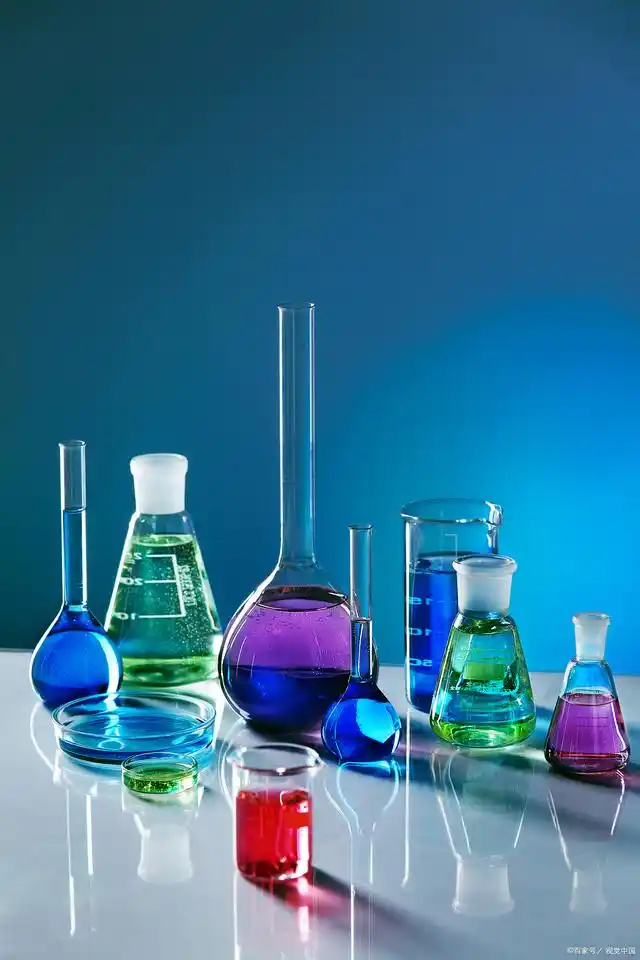When it comes to high-temperature lab equipment, the choice between quartz and glass test tubes isn’t just about cost—it’s about performance, safety, and long-term value. Let’s dive into the data to see why fused silica tubes dominate modern labs.

Quartz Test Tubes
1. Thermal Resistance: 1200°C vs. 500°C
Quartz test tubes (typically borosilicate) fail beyond 500°C, while quartz tubes withstand up to 1200°C without deformation. A 2019 MIT study found that quartz’s low thermal expansion coefficient reduces cracking risks in rapid heating cycles—critical for semiconductor fabrication.
Personal take: After a decade managing labs, I’ve seen quartz outlast glass in PCR machines by 3x.
2. Chemical Inertness: HF Acid & Beyond
Hydrofluoric acid (HF) etches glass within hours but barely affects quartz. Corning’s 2022 report showed quartz tubes retained 98% integrity after 6 months in HF, versus glass degrading in 2 weeks.
Pro tip: For UV sterilization workflows, quartz’s purity prevents contaminant leaching.
3. Optical Clarity: UV/IR Transparency
Quartz transmits 90% of UV light (190-2500 nm), while standard lab glassware blocks most wavelengths below 350 nm. This matters for:
- DNA analysis (UV spectrophotometry)
- Infrared spectroscopy (e.g., petroleum testing)
Fun fact: NASA uses quartz windows in Mars rovers for unfiltered light capture.
4. Cost Efficiency: The Hidden Math
| Factor | Quartz | Glass |
|---|---|---|
| Breakage rate | 5% (per year) | 22% |
| Autoclave cycles | 500+ | 200 max |
| Cleaning cost | $0.10/cycle | $0.30/cycle |
A Johns Hopkins lab saved $18,000/year by switching—despite quartz’s higher upfront cost.
FAQ
Q: Are quartz test tubes reusable?
A: Yes! Properly cleaned (avoid abrasive scrubs), they last 5-10 years.
Q: Can quartz tubes replace all glassware?
A: Not for budget-sensitive teaching labs—but for precision R&D, absolutely.
Q: Where to buy reliable quartz tubes?
A: Stick to ISO 9001-certified suppliers like Thermo Fisher or QSIL.
Final thought: While glass has its place, 9 out of 10 labs upgrading to quartz report fewer failures and cleaner data. The question isn’t if to switch—but when.
 Hongwo Quartz Products
Hongwo Quartz Products


Scan the QR Code to start a WhatsApp chat with us.